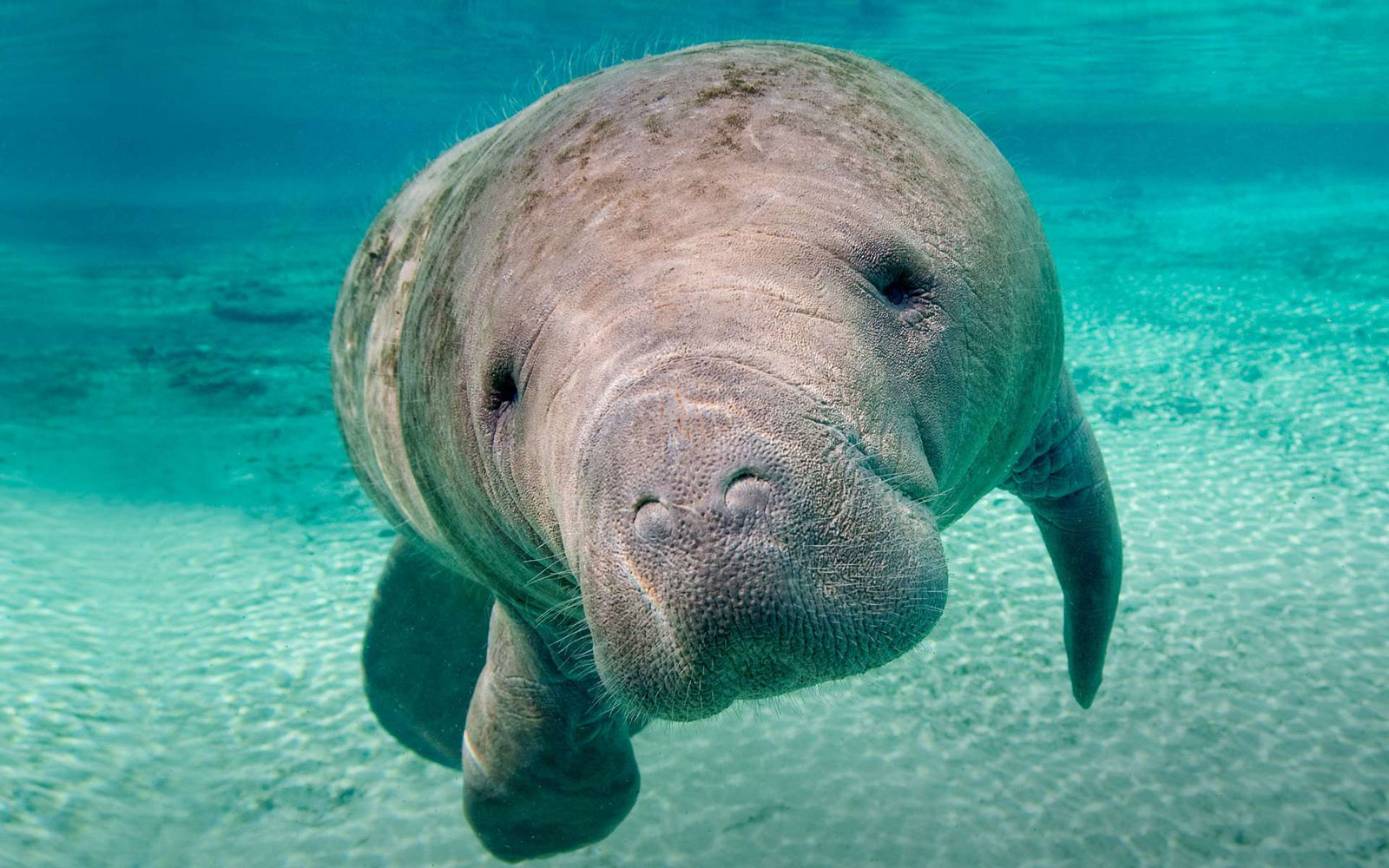I’ve often been asked by people renting a boat and keen on doing some wildlife sightseeing, “Will we see any manatees?”
I generally reply, “There is a decent chance you will; they are out there.”

And then, almost invariably, they respond with a follow up, “Well, where would they be exactly? Is there anywhere we can go to see them?”
At which point I often just shrug my shoulder and kind of wish them good luck, because the truth of the matter is that there really is no particular place I can point to on a map and say, “Thar be manatees matey!” But what I can do is offer some general advice on where you might be most likely to spot a manatee in and around Estero Bay, as well as what you should and should not do upon encountering them.
First off, you are most likely to spot a manatee somewhere in the back bay area. Although manatees in Southwest Florida are not restricted by salinity when moving through the waterways, they do generally prefer warm, brackish areas. This means if you hoped to spot one from the beach, your chances are less than ideal. The shallow areas of the bay rich in seagrass are their primary feeding grounds (their nickname of “sea cow” is not given without good reason), and manatees are often spotted in the boating channels which navigate around these areas. Special slow speed zones are posted in the bay for areas where manatees are frequently spotted, and should be duly obeyed (collisions with commercial and recreational boats are a common source of injury for manatees due to their slow moving and curious nature).
If you do happen to spot a manatee out in the bay, you may wish to stop the boat for a moment, provided you have moved out of the marked navigational channel. As I mentioned before, manatees are curious by nature, and you may be surprised to see that it actually approaches your boat! This is why it is important that you are stopped and then engine shut off at this point (I’ve actually encountered manatees who will rub their noses on the stopped propeller of the boat motor), and you will want to make sure that the manatee is at a safe distance before resuming operation.
Lastly, it should be mentioned that when encountering a manatee out in the wild this is a “look, but don’t touch” kind of situation. This especially includes resisting any temptation at feeding! These aren’t just opinions though, mind you, they also happen to be part of the law protecting these gentle giants.